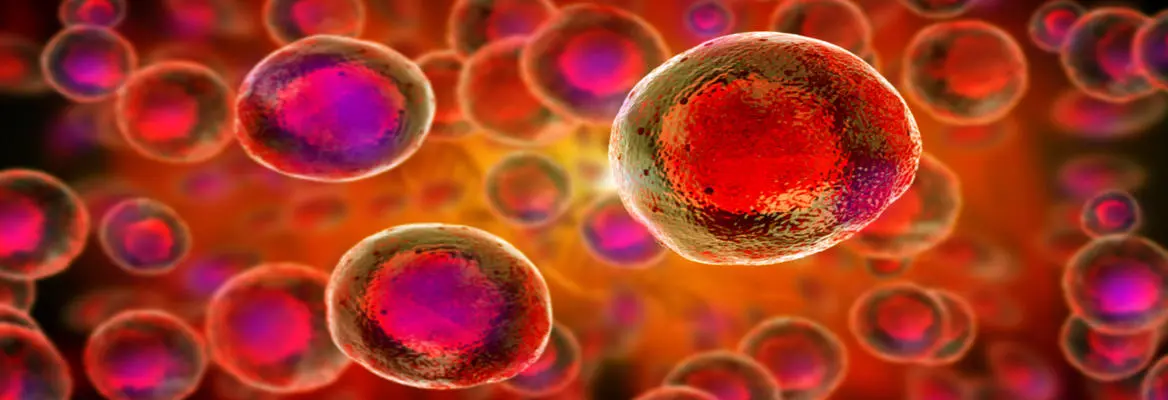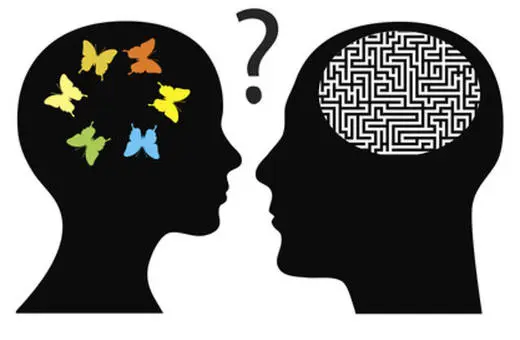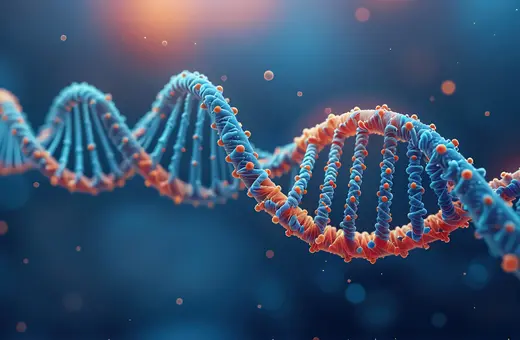You’ve heard of stem cell research and its promise of a medical revolution given the regenerative abilities of stem cells. But as it turns out, identifying what a stem cell is experimentally is not at all straightforward. Stem cells have two main abilities: cell renewal (division and reproduction) and cell differentiation (development into more specialized cells). The main problem is, there is no way to experimentally test whether one particular cell can both self-renew and differentiate to make more developed kinds of cells. Much like Heisenberg’s uncertainty principle, according to which we can’t measure a particle’s velocity and position at the same time, we can’t measure both properties that constitute a stem cell. Claims that any single cell is a stem cell are therefore inevitably uncertain, argues Melinda Bonnie Fagan.
The term “stem cell,” like so many others in biology, was introduced by Ernst Haeckel. In Haeckel’s speculative vision, an individual organism’s development (ontogeny) mirrors Darwinian evolution of diverse species (phylogeny), both processes emanating from a single “Stammzelle.” So the term originally referred to the root of the Tree of Life, for all species and for each living organism. The meaning of “stem cell” today is somewhat different. For one thing, the evolutionary aspect is has been jettisoned. Development is no longer thought to mirror evolution, and the two are now studied (for the most part) separately. Also, since Haeckel’s day, laboratory research on organisms, cells, and genetic material has generated enormous amounts of knowledge about development, especially in “model organisms” like fruit flies and inbred mice.
Yet for all this hard-won accumulated knowledge about the internal workings of cells and other organismal parts, stem cells remain hard to pin down. While today’s concept is less speculative than Haeckel’s, entities corresponding to that concept remain hard to identify, manipulate, or tame for routine medical use. The reason for this is both conceptual and experimental. Briefly: stem cells are defined in a way that makes them tricky to experimentally identify. The root of the difficulty – the stem, to be precious – is that what counts as a stem cell changes with biological and experimental context. Stem cells are context-dependent.
___
The cell types that a stem cell produces are more specialized, further along in the developmental process, than their stem ancestor.
___
Stem cells today are defined by having two abilities, one reproductive and one developmental. The reproductive ability is “self-renewal”: a stem cell can divide to produce at least one other stem cell. The developmental ability, on the other hand, is “differentiation” – meaning, roughly, biological development at the cellular level. A stem cell can develop into one or more other kinds of cell. But not just any kind of cell. The cell types that a stem cell produces are more specialized, further along in the developmental process, than their stem ancestor. For example, a neuron is a specialized cell type with distinctive shape, internal organization, and patterns of gene/protein expression. Skin cells (fibroblasts) are another cell type. All multicellular organisms start from a single cell. In early development, a chain reaction of cell division produces many cells from the first. These early cells then begin to change, following diverse pathways leading to mature specialized cell types. An organism’s various integrated parts, its organs and tissues, are made up of those different cell types – ranging from a few to hundreds, depending on the species.





















Join the conversation